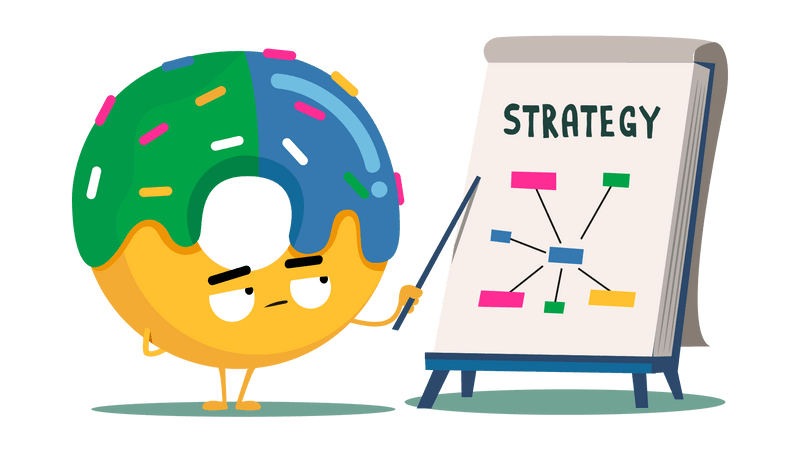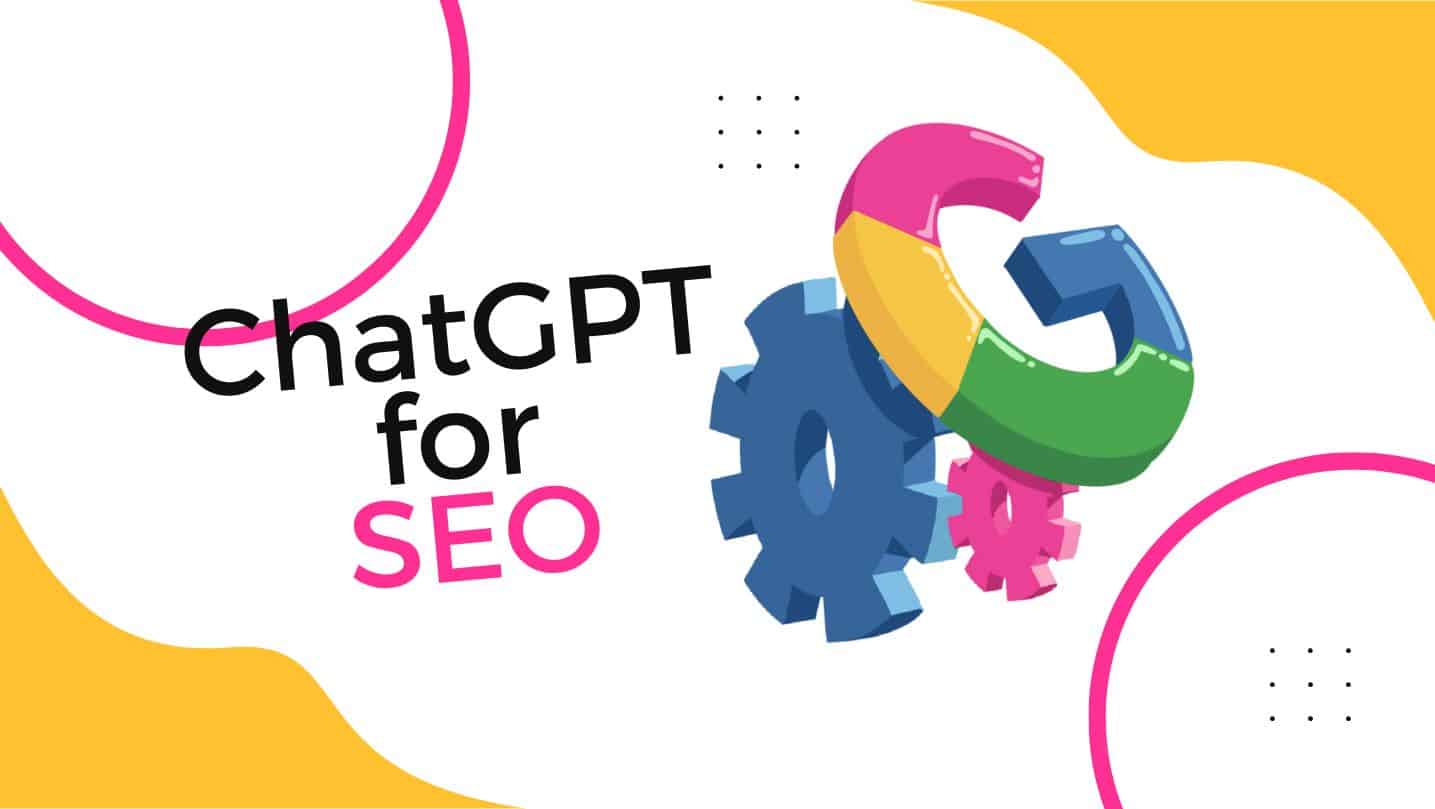How to choose the right marketing budget allocation without throwing money out the window? This question comes up with (almost) all our e-commerce clients, SME leaders, CMOs, and B2B/B2C marketers. Between acquisition, branding, and retention, finding the balance is sometimes complicated. Good news: we’re giving you a concrete method to manage your marketing budget like a pro.
In short: you will learn to structure your investments, measure what works, and continuously adjust your marketing budget to maximize both growth AND profitability.
Understanding the 3 Pillars: Acquisition, Branding, Retention
Acquisition
The goal of acquisition is to bring new customers into the “brand’s ecosystem and” expand the buyer base. For a startup or a rapidly growing company, this lever takes center stage: the primary goal is to gain recognition, capture existing demand (via SEO/SEA), and generate new desires (with Social Ads, influence, affiliation). When well-executed, acquisition creates a steady flow of qualified leads while highlighting the most responsive segments.
Branding
Branding aims to build a clear, memorable, and desirable image. It’s not just about a logo or a graphic charter, but a set of signs, emotions, and proofs that establish trust and preference. A strong brand makes every media euro more effective: people recognize you, associate your name with a credible promise, and convert better, even at an equivalent price. Branding is a CAC amortizer and a conversion multiplier.
Retention
Retention transforms a first purchase into a lasting relationship. Thanks to CRM, email/SMS marketing, loyalty programs, and a carefully crafted customer experience, you increase purchase frequency and lifetime value (LTV). This is an often under-exploited area, even though it costs less than acquisition and stabilizes your revenue forecast. By working with cohorts and customer journeys, you create recurring revenue that supports your margin.
Key takeaway: prioritizing a single pillar creates a glass ceiling. Healthy growth requires a balanced foundation.

Why Aim for a Balanced Marketing Budget?
A well-allocated marketing budget avoids two pitfalls. On one hand, the “all acquisition” approach fills the top of the funnel but lets customers slip away due to a lack of brand attachment or relationship efforts: CAC eventually skyrockets and margins erode. On the other hand, the “all branding” approach flatters the ego and notoriety but struggles to generate enough short-term sales to fund growth. Balance resolves this paradox by making the pillars work together.
It’s also a choice for resilience. By diversifying your investments, you reduce dependence on a single channel or format. If media costs increase on one network, if an algorithm changes, or if a competitor becomes aggressive, your mix holds up. Finally, balance promotes agility: you can quickly reallocate the budget to the levers that create the most incremental value, without starting from scratch with each new campaign. Result: marketing budget allocation becomes a living system that optimizes itself every month.
The Step-By-Step Method for Defining Marketing Budget Allocation
1) Diagnose the Situation
Start with a business and marketing check-up. Business side: margin, average basket, purchase frequency, LTV. Marketing side: CAC per channel, conversion rate, revenue contribution, media costs, share of brand vs. generic search queries, CRM database quality, and tracking level. This snapshot highlights the channels that drive results, those that consume without creating value, and blind spots to investigate.
2) Set SMART Objectives
Without clear objectives, marketing budget allocation resembles a blindfolded dart game. Define measurable targets per pillar: for example, in acquisition, +20% new customers at CAC ≤ €35. In branding, +30% brand searches and share of voice superior to the two main competitors. In retention, +15% repurchase rate and LTV +10%. These benchmarks will guide your decisions.
3) Choose an Initial Allocation Model
Use typical splits as a starting compass, then customize.
- A brand in the launch phase can aim for 60% Acquisition / 30% Branding / 10% Retention.
- A growing brand will balance at 40 / 40 / 20 to support awareness while expanding the base.
- A mature brand, strong in CRM, will increase to 30 / 30 / 40 to maximize LTV.
These are not dogmas, but excellent bases for calibrating an initial marketing budget.
4) Allocate by Channel, not by Intuition
Translate each pillar into concrete channels.
- Acquisition includes SEO, SEA (Brand + Generics + Performance Max), Social Ads (Meta, TikTok, LinkedIn), influence/UGC, affiliation, and marketplaces.
- Branding relies on social video, YouTube, display/programmatic, PR, partnerships/sponsorship, and “hero” content that leaves a lasting impression.
- Retention is embodied in email/SMS automation, CRM, onsite personalization, loyalty programs, and proactive customer service.
Document cost assumptions and expected returns per channel.
5) Reserve a “Test & Learn” Budget
Dedicate 10 to 20% of the budget to experimentation: new creatives, audiences, offers, landing pages, formats, emerging channels. This test cushion is your learning engine. Without it, you only exploit what already exists and miss out on potential gains. Set a test duration and success/failure criteria to quickly decide what to scale or stop.
6) Implement an Optimization Cycle
Organize decision governance. Weekly, check hygiene: expenses, volumes, traffic quality, and leads/sales. Monthly, analyze incremental results per channel and reallocate accordingly. Quarterly, take a broader view: review the mix, refresh creatives, adjust the customer journey and offers, and update the roadmap. This rhythm transforms marketing budget allocation into a living process.
Marketing Spend Analysis: where to Invest First?
The first step is to precisely measure the cost and contribution of each channel. The triptych “Cost – Quality – Incremental” should guide your decisions. Cost is reflected in CPM/CPC and in the cost per lead or sale. Quality is observed via conversion, average basket, margin, and product returns. Incremental reveals what the channel truly adds when activated, beyond sales that would have occurred anyway.
In acquisition, focus efforts on channels that combine volume and cost control: SEO builds a lasting asset but requires sustained investment in content and technical aspects, SEA captures existing demand and allows for rapid optimization loops, Social Ads create demand and heavily depend on creative quality. Influence/UGC strengthens credibility, and affiliation can secure a performance-based cost.
On the branding side, measure impact through the progression of brand searches, direct traffic, share of voice, and advertising recall metrics. A well-targeted investment in video, YouTube, or upper-funnel display gradually reduces your CAC and improves conversion rates, including on performance campaigns.
In retention, track LTV by segment, identify repeat purchase triggers, and personalize CRM journeys. Simple scenarios (onboarding, post-purchase, repurchase, win-back) often generate the majority of gains. Onsite personalization and a well-designed loyalty program further accelerate recurrence.
Effective Acquisition Strategies (that Respect your Marketing Budget)
SEO
SEO structures organic demand in the long term. Work on architecture, internal linking, and key pages (categories, products, buying guides) to capture top, mid, and bottom funnel intentions. Content must solve your customers’ concrete problems and align your competitive advantages with their decision criteria. As SEO progresses, pressure on paid budgets decreases: a true amortizer for the marketing budget.
SEA / PPC
In paid advertising, rigor is king. Clearly distinguish brand and generic campaigns to manage costs and coverage. Use Performance Max methodically: clean product feed, varied creative assets, relevant audience signals, and thoughtful exclusions. Every click costs, the landing page must deliver: speed, social proof, clear benefits, reassurance elements, and FAQs targeting objections.
Social Ads
Creativity is the #1 lever. Refine hooks, multiply angles (proof, objection, benefit, offer), showcase the product in real-world usage contexts, and systematically test short formats. Simplify campaign structure to let the algorithm learn, while retaining an exploration budget reserved for new audiences, new formats, and bold messages.
Content & Inbound
Publish useful content: articles, comparisons, practical guides, webinars, videos, ebooks. By answering market questions even before people think of you, you gain credibility and feed both SEO, emails, and paid performance. The marginal cost per lead decreases as the library grows.
Branding Techniques to Anchor your Brand
Start with a clear brand platform: mission, vision, values, promise, tone. This foundation guides creations, communications, and campaign consistency. A distinct visual and auditory identity, recurring formats, and memorable signatures establish benchmarks in the minds of audiences.
Partnerships and influence amplify reach while providing an endorsement effect. By co-creating content with brands or creators aligned with your values, you reach qualified communities and strengthen your credibility. Finally, the customer experience acts as the link: a smooth purchase journey, a carefully executed unboxing, and responsive service transform intent into lasting preference. When the brand works for you 24/7, marketing budget allocation breathes easier.
Retention Approaches: the Fuel for Profitability
Orchestrate lifecycle email/SMS scenarios that accompany the customer throughout their relationship with the brand. Good onboarding reassures and educates, effective post-purchase reduces returns and prepares for recurrence, careful re-engagement re-activates hesitant customers, and an anniversary program humanizes the relationship. Each message must be relevant, concise, and useful.
A well-designed loyalty program provides concrete benefits: statuses, early access, personalized offers, referral. It’s not just about points: recognition and exclusivity matter as much as discounts. Add a layer of onsite personalization (recommendations, bundles, contextual content) to increase average basket and frequency. And never forget the role of support: a clear return policy, quick responses, and a human tone work wonders for LTV.
Case Studies: Apple, Starbucks, Nike
Apple demonstrates the power of exceptional branding. By investing in design, innovation, and experience, the brand justifies premium prices and retains an extremely loyal customer base. Product launches, orchestrated like major events, generate massive acquisition. Branding and acquisition mutually reinforce each other.
Starbucks illustrates the balance between acquisition and retention. With Starbucks Rewards, the brand rewards recurrence and personalizes the experience while cultivating a strong identity in-store and in communication. The consequence is simple: more visits, a sustained average basket, and an engaged community.
Nike combines inspiring narratives, iconic athletes, and a digital ecosystem. Brand campaigns establish a vision, digital performance captures demand, and apps/communities maintain the relationship. The entire system justifies a marketing budget allocation that irrigates every stage of the funnel.
Conclusion: your Action Plan
Start by aligning business and marketing objectives. Begin with a marketing budget allocation adapted to your maturity (e.g., 40/40/20) and translate it into concrete channels. Reserve a test budget for continuous learning.
Measure incremental value and reallocate monthly. And most importantly, invest in creation and retention: these are the secret multipliers of your marketing budget.
Need an expert (and friendly) eye to structure, manage, and optimize your mix? Donutz Digital can help you manage your marketing budget and become an extension of your team for lasting results.
FAQ
How to Calculate the Right Marketing Budget Allocation at the Start?
Start with a reference split (e.g., 60/30/10 at launch, 40/40/20 in growth), estimate costs and returns per channel, reserve 10–20% for testing, then reallocate monthly based on observed incremental value. Data decides, not intuition.
What Percentage to Dedicate to Branding without Sacrificing Performance?
Aim for around 40% in the growth phase to solidify brand preference and lower CAC. At launch, 30–40% is justified; in maturity, maintain at least 30% to continue fueling demand.
How to Know if I’m Investing Enough in Retention?
Monitor LTV, repeat rate, and churn. If CAC increases while LTV stagnates, double down on automation, personalization, and a loyalty program that truly rewards recurrence.
What Test Budget to Plan for and What to Use it on?
Allocate 10 to 20% of the total to experiment with new creatives, audiences, formats, messages, offers, and landing pages. Set success criteria and an evaluation window to decide quickly.
SEO or SEA: where to Start if My Budget is Limited?
Use SEA for immediate results and to test value propositions and keywords. In parallel, invest in SEO to build an asset that will reduce pressure on your paid spending in the medium term. To learn more, I invite you to read our article SEO vs SEA: Which to Choose?







